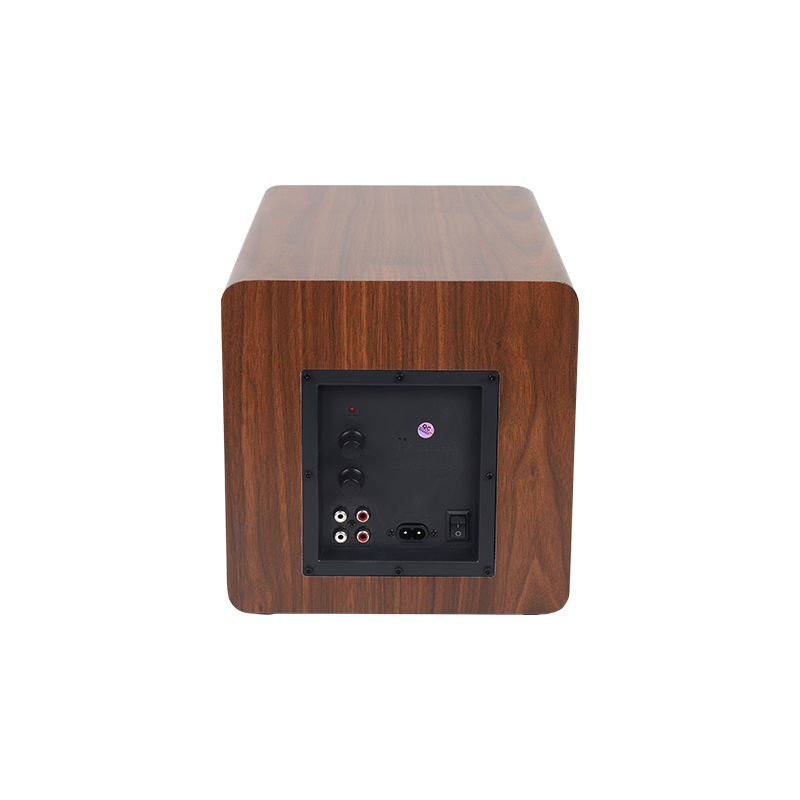No matter what kind of music or any sound, as long as we can hear the sound, it can make it come true. This seemingly ordinary box has a special ability to make various sounds. So what is sound? Sound is the waves produced by the vibration of air molecules, these waves keep propagating and finally reach our ears, which are sound waves.
A loudspeaker is a sound generator that transmits sound waves through the air. Who would have imagined that all the functions of this seemingly ordinary box depend on the interaction between the current, the copper coil and a simple piece of plastic film. Electricity and copper coils vibrate the membrane, the membrane pushes the surrounding air, basically hitting sound waves into the air, and by controlling the current to vibrate this little plastic membrane, the speaker can make all the sounds you want.
Inside the enclosure are two speakers, one for the bass and one for the treble, both have the exact same parts and work exactly the same way. The part consists of a permanent magnet, a layer of diaphragm, which is a plastic film, and glued to the film is a copper coil, which is embedded in the magnet. When current flows through the copper coil, an electromagnetic force is generated, which pushes the copper coil. When the coil moves forward, as long as the direction of the current in the copper coil is changed, the direction of the electromagnetic force can be changed.
So, when current flows to one side, the copper coil is pushed to one side, and when current flows in the opposite direction, the copper coil is also pushed to the opposite direction. Since the copper coils are attached to the diaphragm, wherever one moves, the other moves, and this interaction is key to understanding how speakers work.

This all happens in less than a second because the current turns extremely fast, changing 26,000 times in a second. The frequency at which the current is redirected depends on what sound the speaker is trying to produce. Bass needs the current to be redirected about 40 times per second, which means the diaphragm vibrates 40 times per second. The faster the current is redirected, the faster the diaphragm vibrates, and the louder the speaker produces.
Audio Your current loop is responsible for directing traffic, sending the appropriate electrical signals to the appropriate speakers. The bass goes to the larger woofer, and the treble goes to the tweeter. So by controlling the speed at which the current is redirected, we can control the level of the sound played.
What about volume? Volume is closely related to voltage. Turning up the volume is equivalent to transmitting more voltage to the copper coil of the speaker. Therefore, increasing the voltage will strengthen the electromagnetic force of the copper coil, and the force of pushing and pulling the copper coil will become stronger. The amplitude of the diaphragm vibration is also greater. This means that the sound waves make the speaker's amplitude larger, and the sound becomes louder.
The shell also plays an important role. The diaphragm pushes and pulls the air in front of and behind it, knocking out enhanced sound waves, but the sound behind the diaphragm is a little slower, so every sound that comes out of the front of the speaker echoes from the back. Since echoes can interfere with the perfect sound coming out of the front of the speaker, insulating foam inside the enclosure absorbs the echoes for a clear and loud sound.